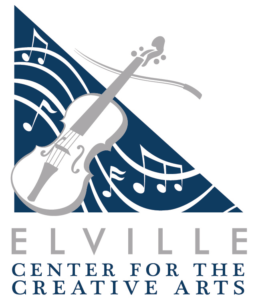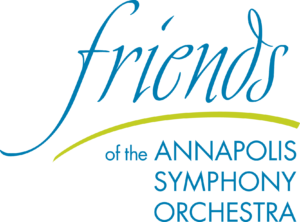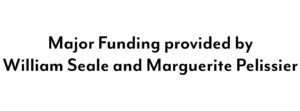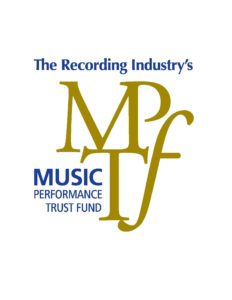The Annapolis Symphony Academy is changing lives by providing accessible high-level musical education to students of all cultural and economic backgrounds, while addressing the need for diversity in the classical music field.
Our model for diversity
According to a 2023 study by the League of American Orchestras, people of color make up approximately 21% of orchestra musicians in the United States. This is an increase from previous years. However, representation for people of color is still significantly lower than in the U.S. population overall.
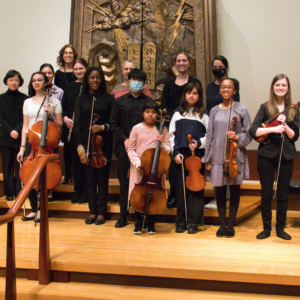 Half of the Annapolis Symphony Academy student body is comprised of musician students from under-served communities. The Academy is proud to grow and sustain an educational model that emphasizes interaction and mutual respect.
Half of the Annapolis Symphony Academy student body is comprised of musician students from under-served communities. The Academy is proud to grow and sustain an educational model that emphasizes interaction and mutual respect.
Regardless of a student’s cultural background, and through the incredible generosity of our donors, the Academy awards up to fifty percent of its annual tuition revenue in need-based scholarships.
We believe this model provides a truly diverse student body. Students are selected for academy ensembles strictly based on merit and their drive to learn and become better musicians.
How We Started
FALL 2015
In the fall of 2015, then-Executive Director of the Annapolis Symphony, Patrick Nugent, began conversations with board members, donors, orchestra members, and community partners about their aspirations for the future of the Annapolis Symphony. In close collaboration with Music Director José-Luis Novo and Board Chair Karen W. Smith, Nugent led a board in a planning process that crystallized those aspirations into a strategic framework called SYMPHONY 2020.
KEY PRIORITIES
One of the priorities identified in these community conversations was expansion of the Symphony’s education programs, which were strong but had changed little in twenty years. When asked how the Symphony could best align any expansion with the aims of the Anne Arundel County Public School System’s music program, the Superintendent’s office praised the Symphony’s programs for schoolchildren, but asked us to focus our efforts on how to support gifted middle- and high-school musicians in continuing to study and play their instruments through the end of high school rather than giving them up for other pursuits.
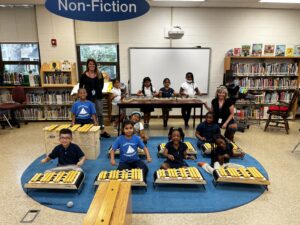
The Symphony’s Concertmaster, Dr. Netanel Draiblate, engaged in the discussion and pointed out that high-quality private instrumental instruction was in short supply for some students. Others were prohibited from access to lessons because of cost.
Another critical priority for the Board was increasing the Symphony’s diversity at all levels. In the context of a na
tional discussion on the dearth of musicians of color in American orchestras, it became clear that the Symphony might make its own contribution to building a more diverse pipeline of students who could become professional classical musicians.
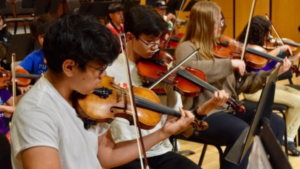 In response to this convergence of opportunities, Dr. Draiblate proposed to Dr. Nugent the basic framework—and the name—for the Academy. The concept was a combination of private lessons, group instruction, and ensemble experiences that would begin with middle-school students and expand later to high-schoolers, elementary-schoolers, and even preschoolers.
In response to this convergence of opportunities, Dr. Draiblate proposed to Dr. Nugent the basic framework—and the name—for the Academy. The concept was a combination of private lessons, group instruction, and ensemble experiences that would begin with middle-school students and expand later to high-schoolers, elementary-schoolers, and even preschoolers.
To achieve the aims of economic and cultural diversity, the program would recruit a student body of which approximately half paid full tuition and half were on scholarship; at the same time, at least half would be students from racial or cultural backgrounds not well-represented in classical music, and half would not. Economic and cultural considerations would be independent of one another.
2017
A committee of board members and volunteers supported management in a two-year process of developing a detailed program design and multi-year budget. The committee conferred several times with the full Board of Trustees of the Annapolis Symphony Orchestra, which considered the final design over three meetings and gave final approval in December 2017.
2018
In the spring of 2018, Dr. Draiblate conducted a rigorous recruitment campaign throughout the Anne Arundel County Public School system, and an inaugural class of twenty-one students was assembled. Without any deliberate choosing of students to meet the two 50/50 aims, the class very closely represented those mixtures. The first class met a key objective: representing in the program today the full diversity we wished to see on the symphonic stage of the future.
Symphony leadership made a commitment to the Board that none of the projects envisioned by SYMPHONY 2020 would affect the basic operating budget of the Symphony. No project would be instituted unless funding had been previously identified. The planning process worked through several five-year budget scenarios and, after trial and error, settled on a model that seemed workable.
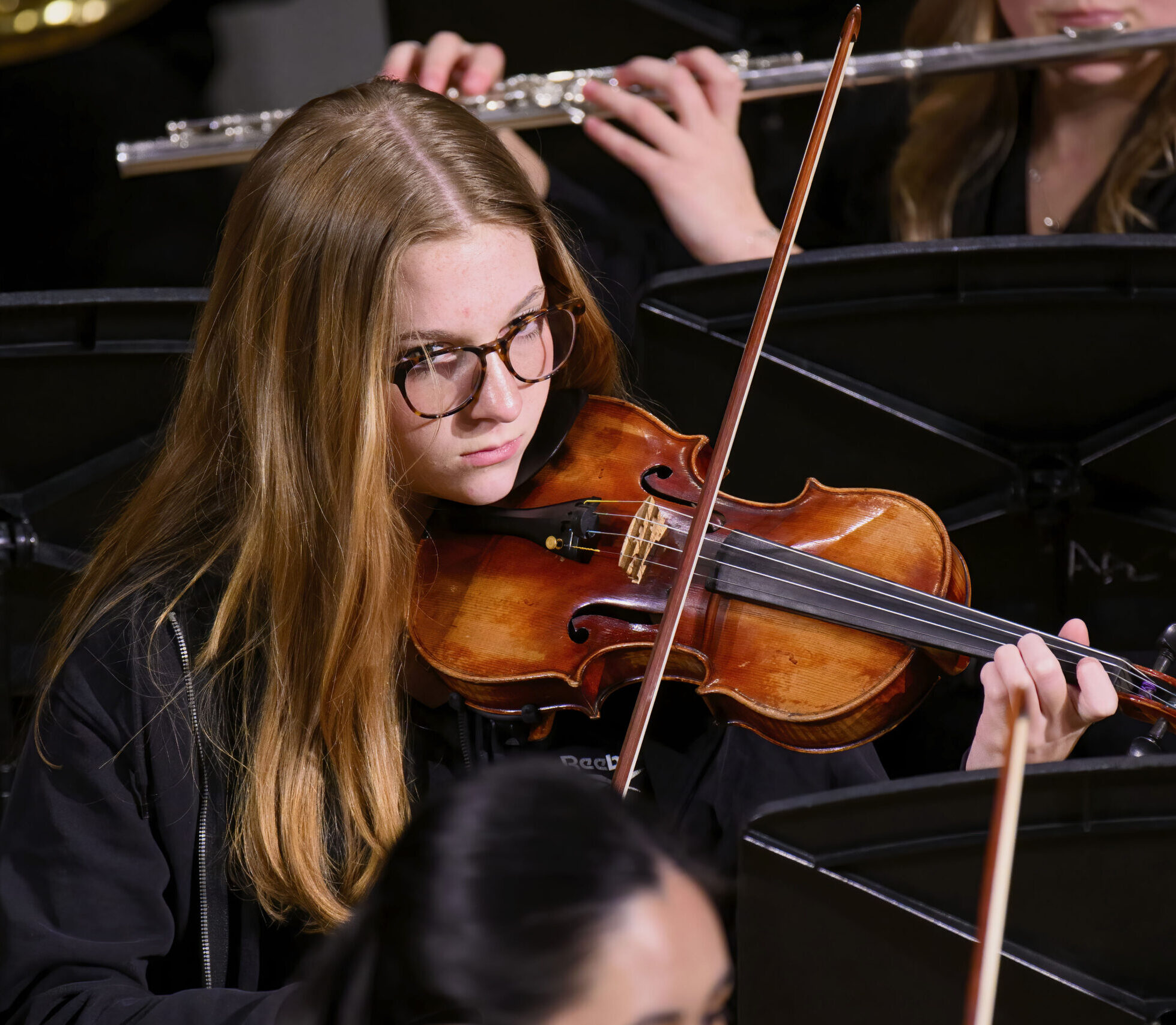 Funding for the pilot phases was provided by two anonymous donors, one of whom made a challenge grant, and the other met the challenge. At a season Opening Night Celebration, Draiblate and Nugent were introduced to Jane Campbell-Chambliss and Peter Chambliss, civic leaders and philanthropists in Annapolis. A discussion began that evening, and some months later, former Board President Anna Greenberg hosted a meeting between Nugent, Draiblate, and the Chamblisses at which the full vision for the Academy was shared. As a result of that meeting, Jane and Pete committed to a major five-year commitment to provide the bulk of the philanthropic support needed to ensure that the program would be fiscally sustainable for those five years.
Funding for the pilot phases was provided by two anonymous donors, one of whom made a challenge grant, and the other met the challenge. At a season Opening Night Celebration, Draiblate and Nugent were introduced to Jane Campbell-Chambliss and Peter Chambliss, civic leaders and philanthropists in Annapolis. A discussion began that evening, and some months later, former Board President Anna Greenberg hosted a meeting between Nugent, Draiblate, and the Chamblisses at which the full vision for the Academy was shared. As a result of that meeting, Jane and Pete committed to a major five-year commitment to provide the bulk of the philanthropic support needed to ensure that the program would be fiscally sustainable for those five years.
The Chambliss’s was one of the most significant financial commitments in the history of the Annapolis Symphony Orchestra, and without it, the Academy would not exist. In June of 2018 in a ceremony filmed by CBS News, the first class of the Academy was announced and the inaugural cohort of students were handed their acceptance letters by Jane and Pete.
Another crucial success was the generous agreement of Temple Beth Shalom in Arnold, MD, to house the program at a significantly reduced rental rate. Lessons, group classes, and ensemble work began at the temple in the fall of 2018, and the first concert was held in the sanctuary in December of that year. TBS has continued to be the home of the Academy.
2021
 In March of 2021, a new expansion of the Academy was announced, which included the appointment of Maestro José-Luis Novo as the Director of Orchestral Activities for the Academy. Also announced was the formation of the Orion Youth Orchestra, a new, major component of the Academy’s program. Orion is the only youth orchestra in the United States sponsored by a professional symphony orchestra which is conducted by the sponsoring orchestra’s Music Director.
In March of 2021, a new expansion of the Academy was announced, which included the appointment of Maestro José-Luis Novo as the Director of Orchestral Activities for the Academy. Also announced was the formation of the Orion Youth Orchestra, a new, major component of the Academy’s program. Orion is the only youth orchestra in the United States sponsored by a professional symphony orchestra which is conducted by the sponsoring orchestra’s Music Director.
Also included in the expansion are programs for elementary- and pre-school students, and revised ensemble programs for beginning and intermediate students. For the first time, student musicians in our ensembles are allowed to take private lessons outside the Academy’s Virtuoso Pathway.
TODAY
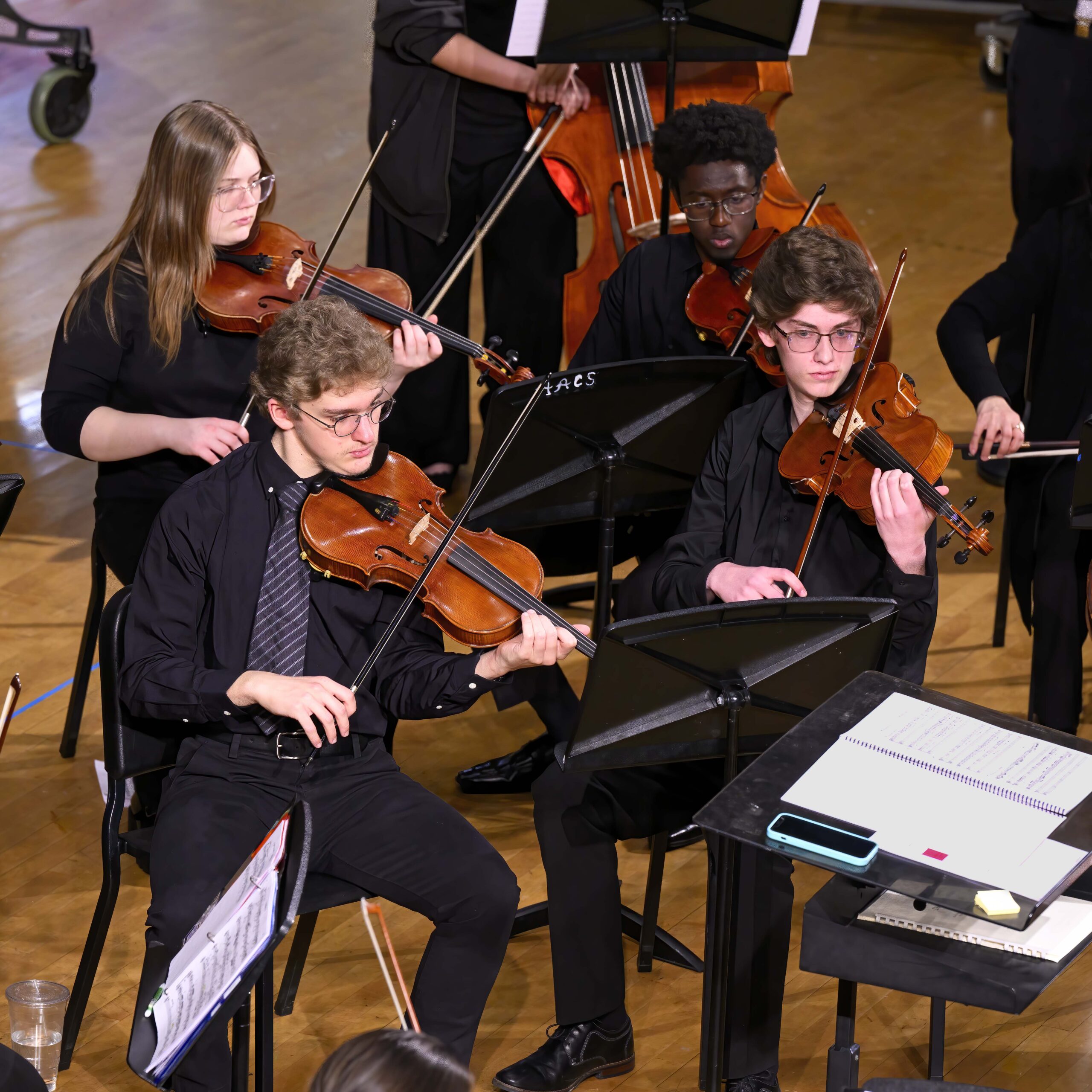 The Annapolis Symphony Academy is the largest educational project of the Annapolis Symphony Orchestra. The Academy has just completed its fifth year providing students a unique opportunity to explore music.
The Annapolis Symphony Academy is the largest educational project of the Annapolis Symphony Orchestra. The Academy has just completed its fifth year providing students a unique opportunity to explore music.
It is never too early or late to begin learning to play music! Studying music is a gift that is enjoyed for a lifetime. The Academy accepts students from Pre-K through 12th grade. The Annapolis Symphony Academy offers musical options for all levels from beginner to pre-conservatory.
- Academy students are mentored by and perform with members of the Annapolis Symphony Orchestra.
- Throughout the year, students receive free tickets to watch their mentors performing at Symphony Concerts.
- For students interested in studying music in college, the Academy offers pre-college advising and audition assistance.
- The Academy also offers regular workshops on a range of topics including practice advice, instrument care, wellness, goal-setting and more.






